Meera Senthilingam
This week an essential element with a split personality. Here's David Read.
David Read
Sodium, like most elements in the periodic table could be said to have a dual personality. On one side it is an essential nutrient for most living things, and yet, due to its reactive nature is also capable of wreaking havoc if you happen to combine it with something you shouldn't.
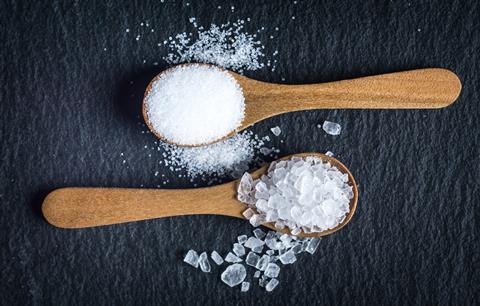
As such sodium is found naturally only in compounds and never as the free element. Even so it is highly abundant, accounting for around 2.6 per cent of the Earths crust by weight. Its most common compounds include dissolved sodium chloride (or table salt), its solid form, halite and as a charge balancing cation in zeolites.

Aside from being an essential nutrient, the story of man and sodium is said to begin all the way back in the time of the Pharaohs in Ancient Egypt, with the first recorded mention of a sodium compound in the form of hieroglyphics. It is difficult to describe a pictogram through speech but imagine a squiggly line over the top of a hollow eye-shape, over the top of a semicircle, with a left-facing vulture image next to them all. This pictogram meant divine or pure and its name is the root of the word natron, which was used to refer to washing soda, or sodium carbonate decahydrate, as we would know it today. Sodium carbonate was used in soap, and also, in the process of mummification thanks to its water absorbing and bacteria killing pH control properties.
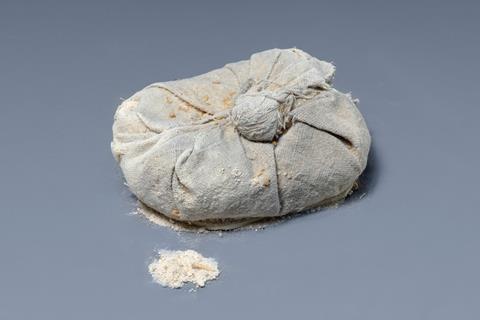

In medieval Europe, however, sodium carbonate was also used as a cure for headaches, and so took the name sodanum, from the Arabic suda, meaning headache. It was this terminology that inspired Sir Humphrey Davy to call the element sodium when he first isolated it by passing an electric current through caustic soda, or sodium hydroxide, in 1807. This process is known as electrolysis and using it Davy went on to isolate elemental potassium, calcium, magnesium and barium by a very similar method.
Chemistry teachers often confuse children when they tell them about chemical symbols. Whilst ones like H, N, C and O all seem perfectly logical, abbreviating sodium to Na seems counterintuitive at first. However, if we consider the word natron, we can see where the abbreviated form came from.
When isolated in metallic form, silvery white sodium is a violent element, immediately oxidising upon contact with air, and violently producing hydrogen gas which may burst into flame when brought into contact with water. It is one of the highly reactive group one elements that are named the alkali metals.
Like the other alkali metals, it has a very distinctive flame test - a bright orange colour, from the D-line emission. This is something you will have seen in all built up areas in the form of street lamps, which use sodium to produce the unnatural yellow light bathing our streets. This effect was first noted in 1860 by Kirchoff and Bunsen of Bunsen Burner fame.

Almost all young chemists will have done a flame test at some point, and sodium chloride is a popular choice. Unfortunately, the intensity of the colour is such that if any of the compound is spilled into the Bunsen burner, it is cursed to burn with a blue and orange speckled flame seemingly forever. The reaction of sodium with water is a favourite demonstration, and clips of it abound on the internet.
Sodium and its compounds have applications so diverse it would be impossible to mention them all here, a couple of examples include the fact that sodium is used to cool nuclear reactors, since it won't boil as water would at the high temperatures that are reached.
Sodium hydroxide can be used to remove sulfur from petrol and diesel, although the toxic soup of by-products that is formed has led to the process being outlawed in most countries. Sodium hydroxide is also used in biodiesel manufacture, and as a key component in products that remove blockages from drains.
Baking soda actually contains sodium (it's in the name!) and its chemical name is sodium bicarbonate, where I'm sure you've come across it in baking or cooking where it undergoes thermal decomposition at above 70°C to release carbon dioxide – which then makes your dough rise.
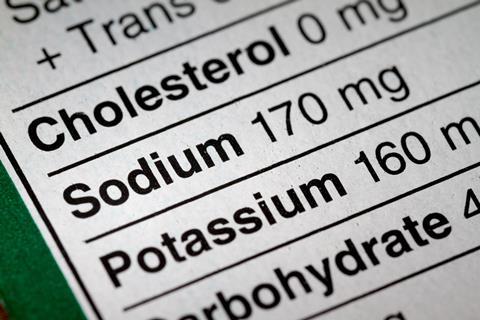
It is as an ion, however, that sodium really becomes important. An average human being has to take in around two grams of sodium a day – and virtually all of this will be taken in the form of salt in the diet. Sodium ions are used to build up electrical gradients in the firing of neurons in the brain. This involves sodium (and its big brother potassium) diffusing through cell membranes. Sodium diffuses in and is pumped back out, while potassium does the reverse journey. This can take up a huge amount of the body's energy – sometimes as much as 40 per cent.
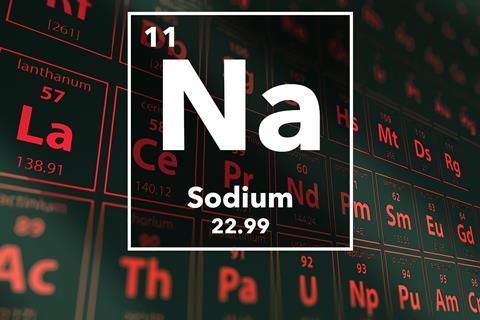
I'd like to end with a brief story which highlights the dual personality of sodium. One man bought three and a half pounds of sodium metal from the internet and spent the evening reacting it with water in various shapes and sizes whilst he and his friends watched from a safe distance. The party was apparently a success, but he doesn't suggest hosting your own. The following day when the host came outside to check the area where he detonated the sodium was clear, he noticed that it was covered in swarms of yellow butterflies. After doing some research, he found that these butterflies had an interesting habit. The males search for sodium and gradually collect it, presenting it to their mates later as a ritual. So, that sums up the two faces of sodium. Its violent reactive nature contrasted with its use by amorous butterflies.
Meera Senthilingam
That was Southampton university's David Read with the two faced chemistry of sodium. Now next week, the chemical equivalent of train spotting.
Brian Clegg
It's easy to accuse the scientists who produce new, very heavy elements of being chemistry's train spotters. Just as train spotters spend hours watching for a particular locomotive so they can underline it in their book, it may seem that these chemists laboriously produce an atom or two of a superheavy element as an exercise in ticking the box. But element 114 has provided more than one surprise, showing why such elements are well worth investigating.
Meera Senthilingam
And to find out why element 114 is worth the effort join Brian Clegg in next week's Chemistry in its element.

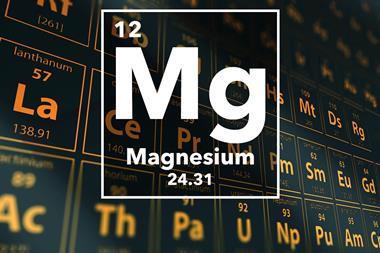
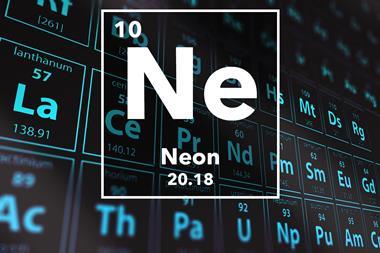










No comments yet